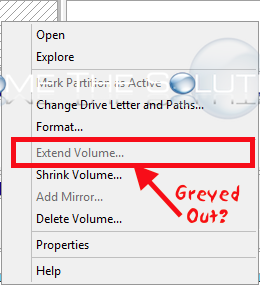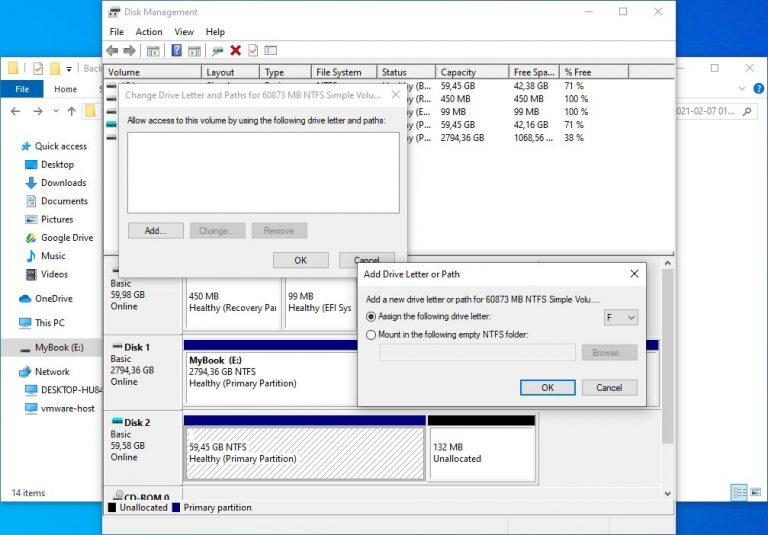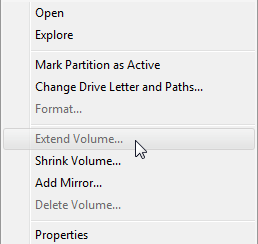
Select the OS drive C and click No paging file and then click Set.Right-click the Start menu and select System.Move pagefile.sys back to the temporary storage drive Under Drive letter, select drive D and then click OK.Right-click on the data disk, and select Change Drive Letter and Paths.Under Drive letter, select a new drive such as T and then click OK.
 Right-click on D, the Temporary Storage drive, and select Change Drive Letter and Paths. Click the Start menu and type diskmgmt.msc and hit Enter. Once the VM restarts, log back on to the VM.
Right-click on D, the Temporary Storage drive, and select Change Drive Letter and Paths. Click the Start menu and type diskmgmt.msc and hit Enter. Once the VM restarts, log back on to the VM. 
You will get a warning that the computer needs to be restarted for the changes to take affect.
Select the D drive and then click No paging file and then click Set. Select the C drive and then click System managed size and then click Set. In the Virtual memory section, select Change. In the Performance section, select Settings. In the left-hand menu, select Advanced system settings. Right-click the Start menu and select System. To do this using the portal, see How to attach a managed data disk in the Azure portal. Once complete, Azure will not take back the D: if the VM moves to a different hypervisor.įor more information about how Azure uses the temporary disk, see Understanding the temporary drive on Microsoft Azure Virtual Machines Attach the data diskįirst, you'll need to attach the data disk to the virtual machine. If you have an application that specifically requires the D: drive, you need to follow these steps to temporarily move the pagefile.sys, attach a new data disk and assign it the letter D and then move the pagefile.sys back to the temporary drive. In this scenario, the temporary disk will be reassigned to the first available drive letter. A planned or unplanned maintenance event may also trigger this placement. If you resize or Stop (Deallocate) a virtual machine, this may trigger placement of the virtual machine to a new hypervisor. Never use the temporary disk to store data that you need to keep. 
If your application needs to use the D drive to store data, follow these instructions to use a different drive letter for the temporary disk.







 0 kommentar(er)
0 kommentar(er)
